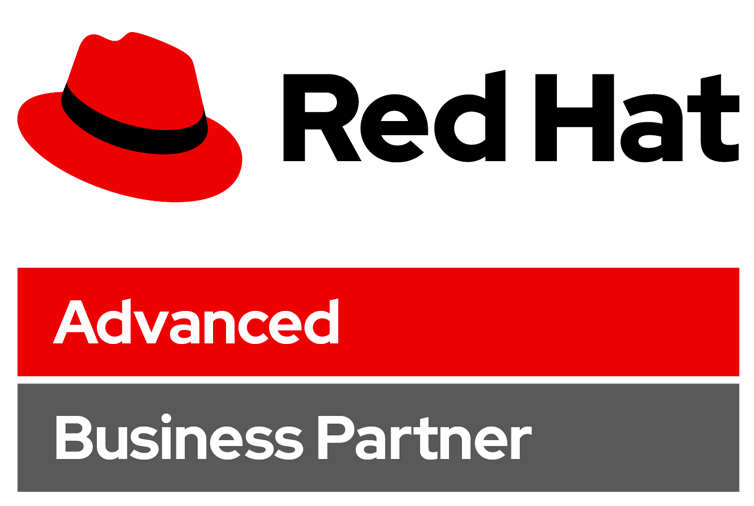DO457 : Ansible for Network Automation
Learn to write Ansible playbooks and launch them to manage the routers, switches, and other devices in their network infrastructure.
Red Hat Ansible Engine automates repetitive data center tasks, leading to efficiency, cost savings, and improved security. Increasingly, customers are utilizing Ansible, not only for server automation, but also for networking devices such as routers and switches. A typical enterprise data center has hundreds, or even thousands, of network devices, providing a tremendous opportunity for Ansible to add value for customers.
This course, Ansible for Network Automation (DO457), is designed specifically for network administrators, enabling them to use Ansible to automate the management of the network devices in their datacenter. This course is intended to be equivalent to Automation with Ansible I (DO407), but targeted to network administrators and their use cases. Customers taking this course are NOT expected to take DO407 first, and introductory Ansible topics are covered by both courses.
There are thousands of networking devices in a typical enterprise data center, many of which are treated as “pets” – each one being managed separately. This is an expensive and inefficient way to manage network infrastructure and it can lead to security gaps.
The same benefits of Ansible seen on compute nodes can now be extended to network devices. Gone are the days of hand-typing commands into network devices one by one. Manage your network infrastructure using Ansible throughout the entire production life cycle:
- Configuration automation of the network stack from system to access to core services
- Test and validate existing network state
- Continuous compliance to check for network configuration drift
Ansible’s simple automation framework means that previously isolated network administrators can finally speak the same language of automation as the rest of the IT organization, extending the capabilities of Ansible to include native support for both legacy and open network infrastructure devices. Network devices and systems can now be included in an organization’s overall automation strategy for a holistic approach to application workload management.
According to the Ansible BU, customer demand for networking automation is growing at the extraordinary rate of 25% per month! Red Hat is in a tremendous position to capitalize on this exploding opportunity and this new course can be a key conduit for product adoption.
Learning Path

The Ansible for Network Automation (DO457) course is designed for experienced network administrators who have not used Ansible and who also have some basic experience working in a Linux environment; using a terminal, SSH, a text editor, and running basic commands.
The course is built around illustrating Ansible automation concepts with actual network configuration tasks, using Cisco IOS and VyOS virtual networking devices. The hands-on labs introduce Ansible concepts by implementing configuration backups and changes in an evolving network environment for a growing organization. This starts with a simple network configuration for a start-up, evolving through a traditional three-tiered access/distribution/core network structure, expansion into a modern spine-and-leaf architecture, and finally implementing a reorganization of the network due to organizational changes.
The course concludes with a comprehensive review workshop.
This is the first course that was designed by Red Hat using a “thin” approach. With the growing demand of technologies that Red Hat is investing in and their commitment to make training available, they have tried a new approach when developing this course. The primary design of this course is similar to all of their other successful offerings, except they have pared down the narrative slightly while maintaining the integrity of labs.
Currently this course is available in the Instructor Led Training (ILT) and the Virtual Training (VT) delivery mode which will use the VT environment (vILT) for the classroom.








